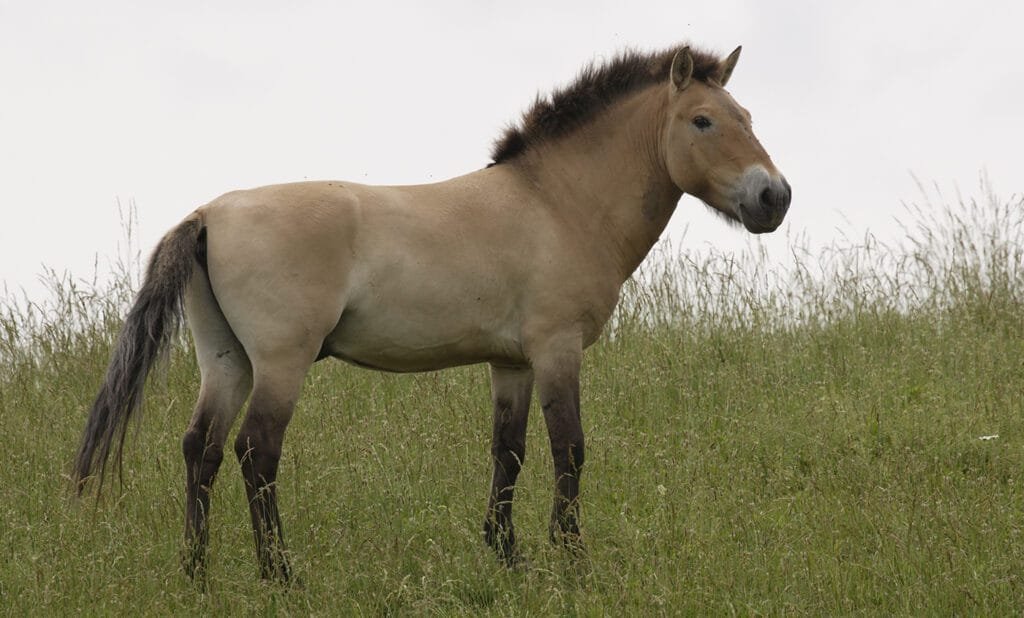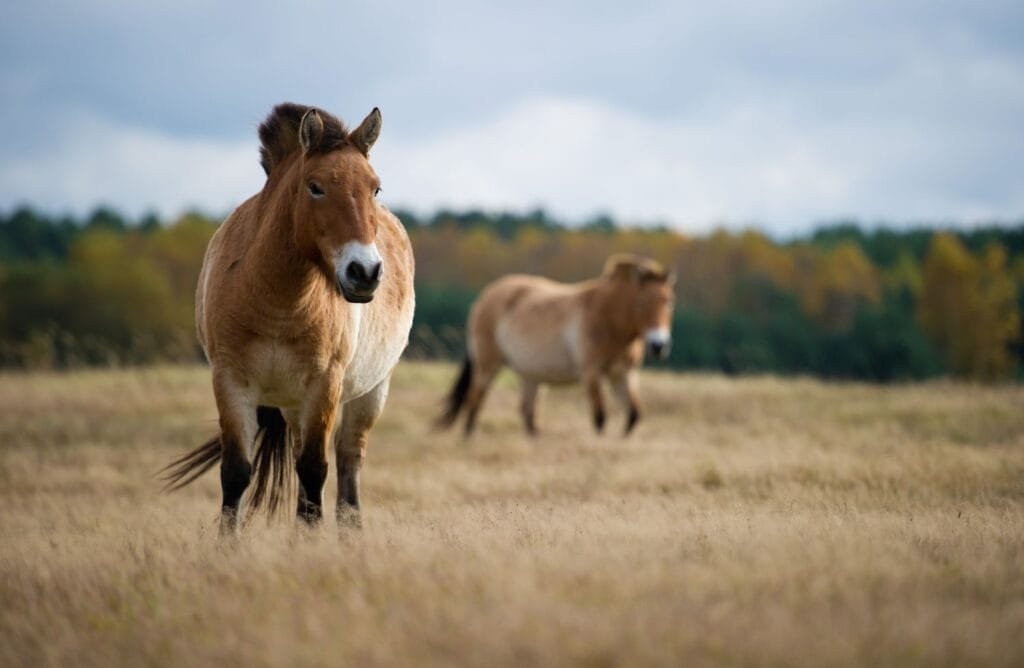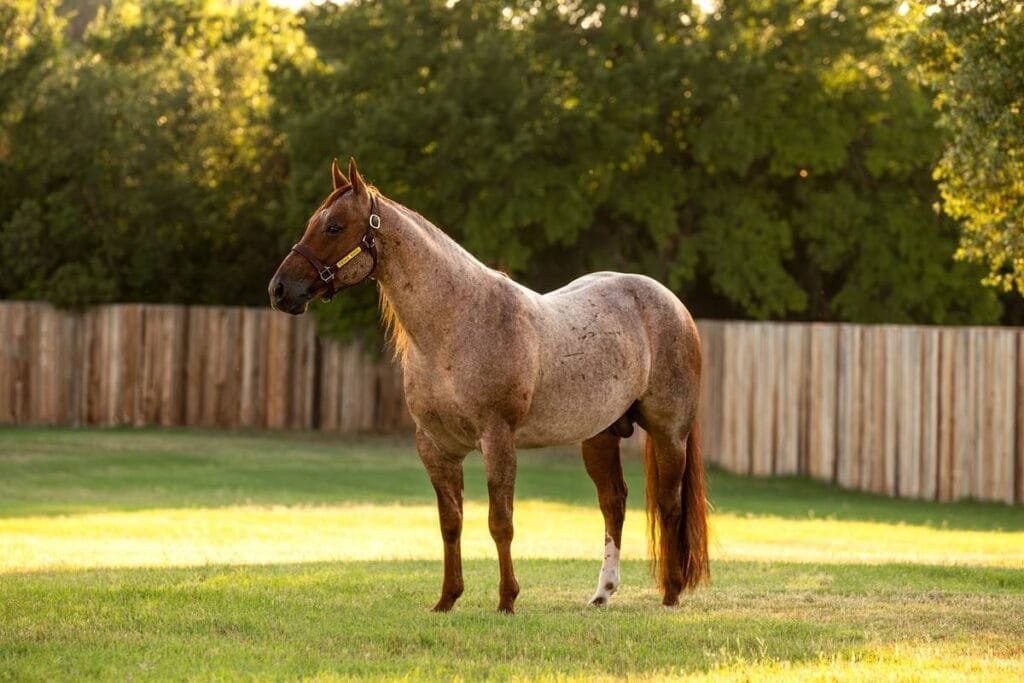In the wild, Przewalski’s horses graze on grass and leaves from shrubby trees. Like zebras and donkeys, they are hind-gut fermenters, meaning that they need to consume large amounts of water and low quality food.
Przewalski’s horses Habitat and Range
Historically, Przewalski’s horses roamed the steppes and semi-arid regions of central Asia, including areas in Mongolia, China, and Kazakhstan. They are adapted to thrive in open grasslands, where they graze on grasses, herbs, and shrubs. These horses are known for their ability to travel long distances in search of food and water, a trait that has helped them survive in their challenging environment.
Przewalski’s horses Social Structure
Przewalski’s horses live in small family groups known as harems. Each harem typically consists of several mares (adult females), a dominant stallion (adult male), and their offspring. Young males who have not yet established their own harems may form bachelor groups on the fringes of established harems. These young males must challenge and defeat the dominant stallion to gain breeding rights within the group. Once offspring reach maturity, they are driven out of the harem to prevent inbreeding.
Przewalski’s horses five interesting facts about
- Last Wild Horses: Przewalski’s horse is the only truly wild horse left in the world. They’ve never been domesticated by humans.
- Ancient Roots: These horses split from the lineage of domestic horses around 45,000 years ago, making them very ancient.
- Survival Skills: They’re tough! Przewalski’s horses can survive in tough environments with little water and extreme temperatures.
- Family Groups: They live in small families with one dominant male, several females, and their babies. Young males hang out together until they’re old enough to compete for females.
- Conservation Success: Thought extinct in the wild, they’ve been successfully brought back through global efforts. Programs in Mongolia and Hungary have been crucial in their comeback
Przewalski’s horses have made a remarkable comeback thanks to conservation efforts. Once nearly extinct, they now thrive in their natural habitats again. Their story teaches us the value of preserving wildlife for the future.





